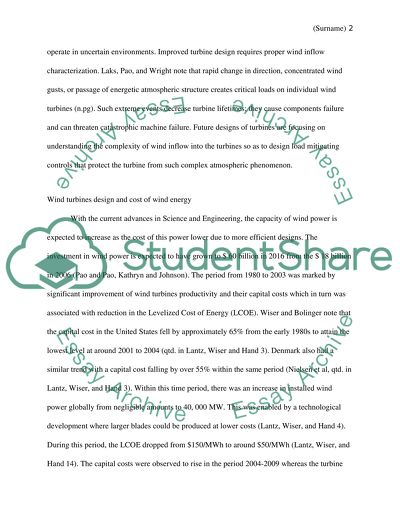Cite this document
(“Wind Turbines: Designs and Costs Research Paper”, n.d.)
Wind Turbines: Designs and Costs Research Paper. Retrieved from https://studentshare.org/engineering-and-construction/1492500-wind-turbine
Wind Turbines: Designs and Costs Research Paper. Retrieved from https://studentshare.org/engineering-and-construction/1492500-wind-turbine
(Wind Turbines: Designs and Costs Research Paper)
Wind Turbines: Designs and Costs Research Paper. https://studentshare.org/engineering-and-construction/1492500-wind-turbine.
Wind Turbines: Designs and Costs Research Paper. https://studentshare.org/engineering-and-construction/1492500-wind-turbine.
“Wind Turbines: Designs and Costs Research Paper”, n.d. https://studentshare.org/engineering-and-construction/1492500-wind-turbine.


